Advertisements
Advertisements
Question
Can you guess the origin of the Marathi word ‘chaha’?
Solution
The Chinese character t'u was originally used in early writings to refer to tea. But later, a new character, ch'a, was created to refer mainly to tea. The term ch'a has begun to be utilized in English to refer to Chinese tea. Then, the slightly changed word 'chaha' was used in Marathi. It was the combination of the words 'ch'a' and 'chai' in the Marathi version. And, as we all know, it is very close to the Hindi word chai, which is used all over India to refer to tea.
APPEARS IN
RELATED QUESTIONS
- Can you make tea?
- How do you make tea?
- What brand do you like?
- At home, who makes tea/coffee for everybody?
- Have you seen a tea-plantation? What was it like?
Write the names of as many beverages as you can within two minutes. What do the following beverages remind you of? Draw word webs to show your associations.
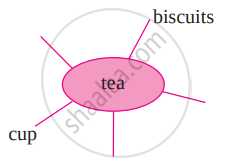 |
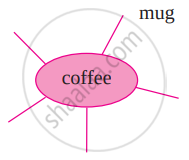 |
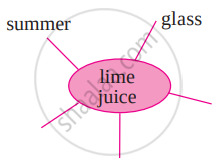 |
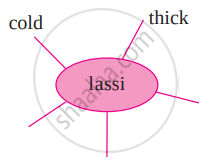 |
 |
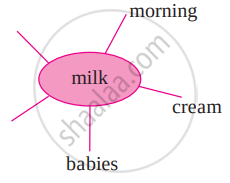 |
How is tea, the beverage, made?
How is tea, that is packed and sold to us, made?
Where are tea estates located?
Why are tea plants pruned?
What are botanical names? How are they decided?
What does tea contain? What does it not contain?
Why did he carry out further investigations about tea?
How did tea reach other parts of the world?
What is the difference between legends or stories and history?
The paragraph about how tea came to India brings out the difference between history based on oral sources and ‘recorded history’. Discuss how the author brings it out.
Do you have any ceremonies associated with food items?
What are the good qualities of tea?
Why are the cups only half-filled in Chinese tea ceremonies?
What is the difference between ‘claim’ and ‘fact’?
Make a bilingual glossary of the various spices used in the kitchen.
List all the names of Geographical places mentioned in the (The Story of Tea) passage.
List the words related to agriculture from the (The Story of Tea) passage.
List the words related to chemistry from the (The Story of Tea) passage.
Complete the following sentence with the help of the (The Story of Tea) passage:
Camellia sinensis is an evergreen plant that grows in ______.
Complete the following sentence with the help of the (The Story of Tea) passage:
In many countries around the world, tea drinking is an ______.
Complete the following sentence with the help of the (The Story of Tea) passage:
Our body produces chemicals called ______.
